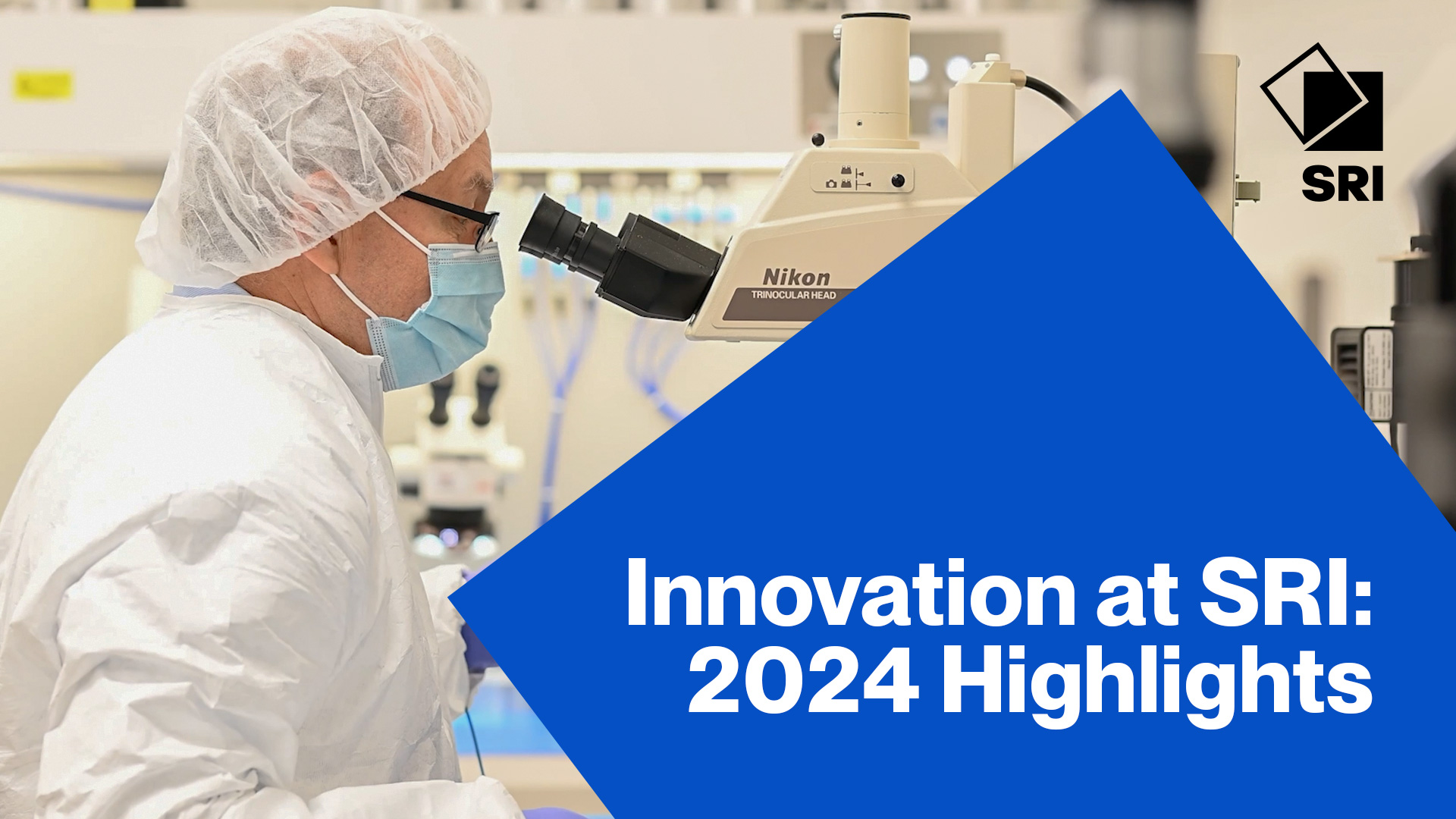Citation
Pfaff, R.; Shahidi, P.; Enning, M. Connected Freight Rail Stock: A Modular Approach Integrating Sensors, Actors and Cyber Physical Systems for Operational Advantages and Condition Based Maintenance. Asia Pacific Conference of the Prognostics and Health Management Society 2017.; Jeju, Korea
Abstract
For decades, the technology of freight railcars has not changed significantly, mostly due to little or no incentive for significant investments in rolling stock. Taking into account the disruptive developments anticipated in automotive transportation, this approach appears no longer feasible, especially if regulatory agencies aim to reduce carbon dioxide emis- sions while maintaining economic growth. With the advent of telematics, on-board sensing and cloud-based analytics for control and condition-based maintenance, high potential for efficiency improvements has become possible. Such technologies are de facto standards in automotive transport, which induces the need for implementation of similar technologies in rail transport as well. In addition to enabling efficiency gains, telematics, on-board sensing and cloud-based analytics also offer new means to approach pressing problems such as rail noise emission, train integrity and safety against derailment, while at the same time reducing maintenance cost and downtime. Furthermore, a connected wagon offers a seamless integration into current and future logistics systems, which are driven and controlled by the industrial Internet of Things to support the fourth industrial revolution.
An important concept, introduced with the Wagon 4.0, is standardized hardware, together with an open-source operating system based on prognostics and health management principles for predictive analytics. Thus, the Wagon 4.0 paves the way for new operations and maintenance concepts, user interfaces and value proposals. Additional economic advantages will be made possible from the self-organizing features of such vehicles, the ability to achieve mass customization and from a rise in efficiency in operation and maintenance.
This paper describes the basis of such a system including the power supply, intra-train communications, sensing and cloud-based analytics. A study of use cases from railway operation illustrates the approach and highlights the opportunities of this novel system design. The paper concludes with a description of how the implantation enables the railcar operator to practice predictive maintenance and increase operational efficiency.


